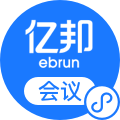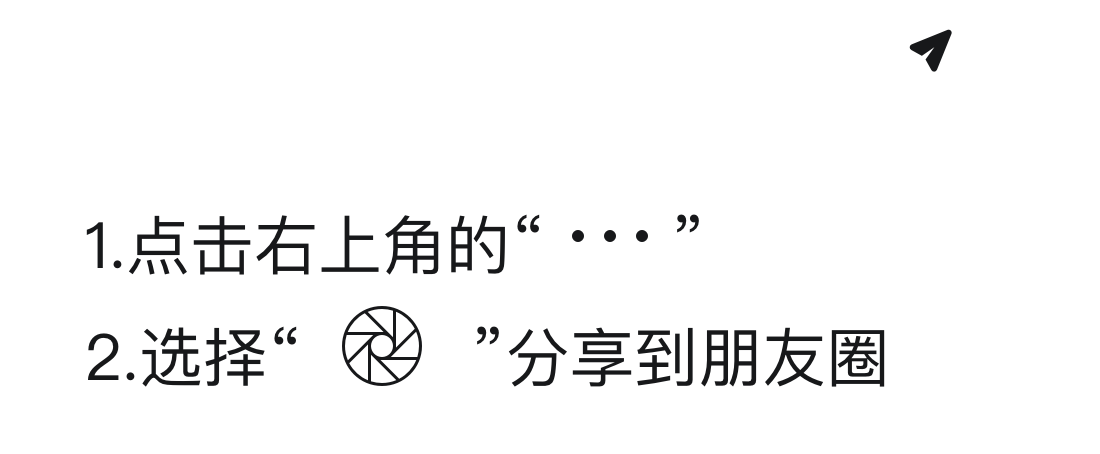微信小店推出短视频带货激励计划,为内容创作者和商家提供实操机会。
1.激励政策:活动持续至12月31日40天,发布带货短视频可获平台额外流量扶持;订单成功结算后,按结算金额的1.5%获得电商成长卡流量奖励,帮助快速提升曝光。
2.低门槛参与:商家或带货者无店铺评分要求直接报名,但视频号账号需开通带货功能,粉丝数必须达1000以上或为店铺自营账号,便于新手起步。
3.新手特别扶持:若2025年8-10月无带货短视频成交记录,激励期内结算成交额直接作为奖励基数,实现更高收益如20万成交额可获3000点奖励。
4.成功实操案例:有创作者通过生活场景推荐多品类好物,月成交额超1000万元;另一创作者在做饭视频融入商品推广,单条视频获订单18000+,成交额60万元以上,显示食品和家居类是热门领域。
5.用户趋势洞察:短视频带货在日常生活场景扩展,用户对食品、家居类接受度较高,提供内容制作方向参考。
该计划为品牌商探索新营销渠道和消费趋势提供契机。
1.品牌营销机会:平台激励创作者推广多品类好物,品牌可合作利用生活化场景视频增强曝光,如食品和家居产品在案例中获高接受度,提升品牌认知。
2.品牌渠道建设:微信整合小店、视频号和生态,提供一站式带货入口,品牌可借此拓宽分销网络,与中腰部创作者合作挖掘增量市场。
3.用户行为观察:消费者偏好日常生活场景下的商品推荐,食品和家居类带货成交案例显著,反映当前消费趋势可指导产品定位。
4.实操启示:品牌研发应聚焦生活化品类,利用年终大促季双倍激励机会推新,数据支撑如单月1000万GMV证明潜力可期。
卖家可解读政策并抓住短视频带货的增长机遇。
1.政策解读:激励计划无门槛开放40天,发布带货短视频享流量扶持和1.5%结算额奖励,结算规则偏好新卖家,利于快速启动业务。
2.增长市场及机会:覆盖年终大促季,微信争夺中腰部创作者资源,卖家可利用低门槛跨平台经营趋势,从抖快等平台迁移获利,数据如单月1000万GMV展示机会空间。
3.消费需求变化:用户对食品、家居类短视频带货接受度高,卖家可调整产品线应对需求变化,案例中生活场景融合有效提升成交额。
4.风险提示与学习点:新卖家可能面临平台竞争加剧风险,但学习成功案例如18000+订单技巧可规避风向;合作方式包括绑定视频号账号直接参与。
该计划为工厂产品生产和设计提供新商业机会。
1.产品需求洞察:案例显示食品和家居类商品在生活化短视频带货中热销,如做饭视频融入产品推广获60万元成交额,工厂可定向开发此类热门品类迎合趋势。
2.商业机会挖掘:低门槛激励吸引创作者推广多元好物,工厂可合作供货或自建账号,实现GMV提升如单月1000万元证明潜力,数字入口简便。
3.数字化启示:微信整合电商生态推进在线销售,工厂可利用短视频带货降低门槛进入市场,结算规则中新手优惠利于新入局者测试产品。
4.实操前景:聚焦生活场景扩展品类,工厂可借年终大促季激励双倍流量,增强产品曝光转化效率。
计划揭示行业趋势并解决客户痛点方案。
1.行业发展趋势:微信发力短视频带货,响应抖快平台竞争动态,整合生态构建新场景,推动内容带货增长,如年终大促季部署证明市场扩容。
2.新技术应用:尽管未明确新技术,激励政策依赖平台算法提升流量分配,服务商可从中学习解决方案优化客户推广工具。
3.客户痛点解决:创作者资源争夺痛点被低门槛+双重激励方案缓解,如新手直接使用结算额基数增加收益,吸引跨平台经营者解决流量匮乏问题。
4.服务启示:案例数据如18000+订单展示生活场景带货有效性,服务商可提供内容制作支持,帮助客户聚焦食品、家居领域提升转化率。
计划体现了平台招商和运营管理新策略。
1.商业需求应对:针对创作者跨平台经营需求,微信推出低门槛激励吸引资源,如无店铺评分要求,解决抖快平台劣势推动生态增长。
2.平台最新做法:双重激励包括流量扶持和1.5%结算奖励,侧重新卖家利用2025年历史GMV规则,招商机制高效覆盖年终大促。
3.运营管理优化:设定粉丝1000+或店铺账号准入门槛,搭配结算规则确保可控增长;风险规避如时间限定40天防滥用,数据支撑案例证明可复制。
4.生态整合动向:打通小店、视频号和微信系统构建专属场景,应对竞争格局争中腰部作者,推动规模化增长短期见成效。
计划揭示产业新动向和商业模式创新启示。
1.产业新动向:微信短视频带货发力反映电商平台竞争升级,整合生态对抗抖快优势,指向内容与生活场景融合的新问题,如用户接受度数据展示发展瓶颈。
2.新问题与启示:低门槛政策可能引发创作者迁移问题,从中可推导政策法规建议优化门槛设计;年终大促部署显示季节性策略对增长影响。
3.商业模式创新:生活化短视频带货模式在案例中成功,如月1000万GMV证明内容电商融合可行,研究者可分析食品、家居领域作为代表趋势。
4.实操研究点:规则细节如新手基数设定提供数据分析基础,未来可探讨平台激励机制对产业结构的长远影响。
返回默认











